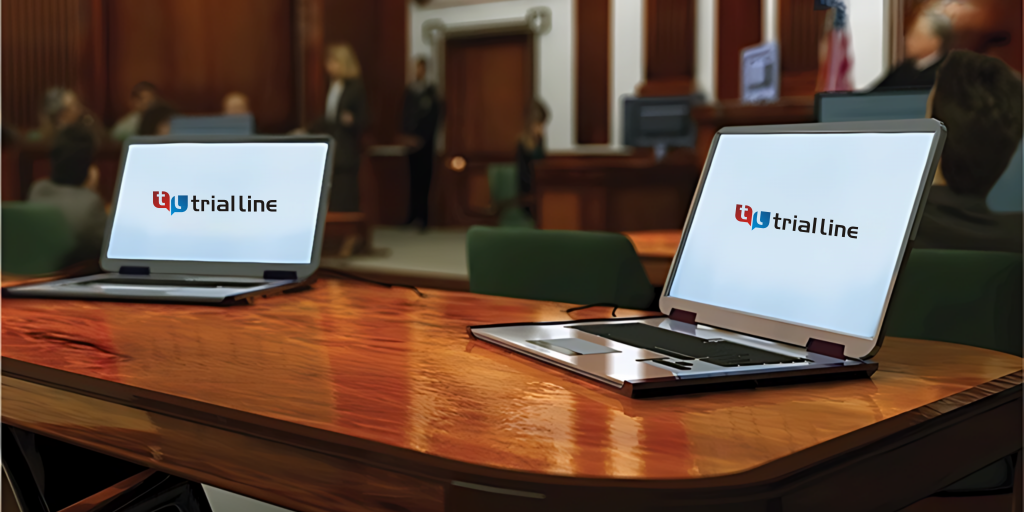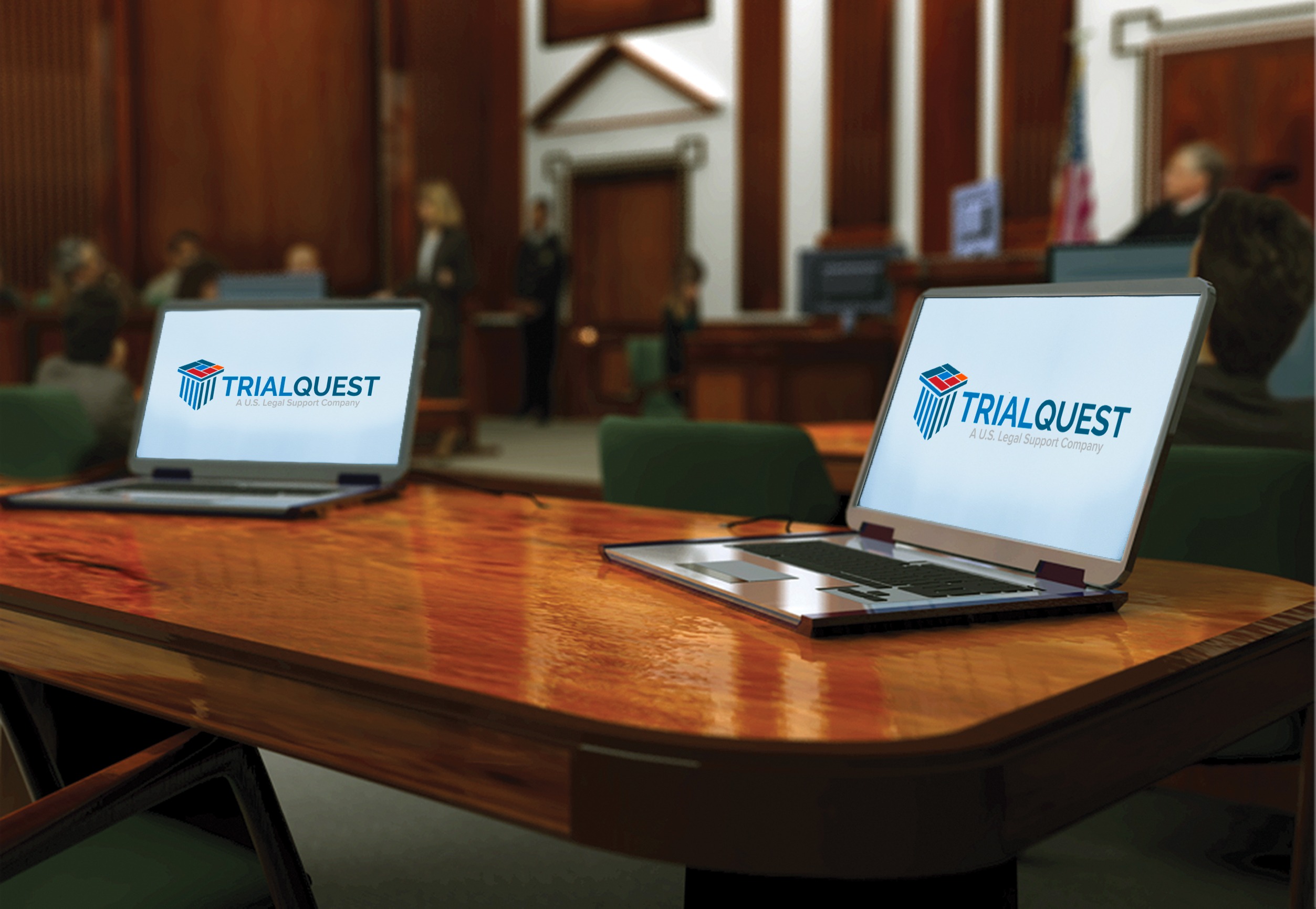How to Master the Art of Trial Presentations for Optimal Legal Impact
How to Master the Art of Trial Presentations for Optimal Legal Impact
Blog Article
Exactly How Efficient Trial Presentations Can Win Your Case
The efficiency of trial presentations is commonly taken too lightly, yet they play an essential role in forming juror understandings and influencing case results. As we discover the elements that contribute to a compelling trial discussion, the inquiry continues to be: what particular methods can lawyers employ to guarantee their message not just resonates yet likewise compels activity?

Comprehending Your Target Market
Comprehending your audience is critical for providing a reliable trial discussion. Understanding who will be existing in the court room-- jurors, courts, and opposing counsel-- enables you to customize your message in a manner that reverberates with them. Each group has unique expectations, predispositions, and histories, which can dramatically affect their understanding of the situation.
For jurors, it is important to take into consideration demographics, life experiences, and cognitive prejudices. Jurors may come from numerous professions and social backgrounds, affecting their interpretation of evidence and debates. Engaging with them with relatable instances and clear, uncomplicated language can promote much better understanding and compassion.
Judges, on the other hand, focus on lawful criteria and procedural honesty. Presentations must be succinct and based in the law while respecting court etiquette. Understanding the court's choices and previous rulings can even more improve your strategy.
Efficient interaction rests on acknowledging these differences and readjusting your presentation style appropriately (trial presentations). By preparing for the audience's reactions and addressing their issues, you can create a more convincing story that mesmerizes focus and advertises positive results
Crafting a Compelling Narrative
A well-crafted narrative works as the foundation of an effective trial discussion, leading the audience via intricate information while stimulating psychological reactions. This narrative should begin with a clear and engaging intro that sets the stage, detailing the essential motifs and concerns at stake. Developing a relatable protagonist-- commonly the client-- can create an individual connection with the court, drawing them into the tale.
The body of the narrative have to present the realities in a sensible sequence, weaving together proof and testament to build a cohesive debate. Each piece of details need to support the overarching motif, enhancing the desired message without frustrating the audience with unnecessary details. Shift phrases can be particularly effective, helping to maintain circulation and keep the jury involved.
Eventually, the final thought should reverberate emotionally, summing up the case's relevance and urging the jury to take activity with their verdict. By crafting a compelling narrative that is both organized and psychologically powerful, lawyers can properly convey their case's benefits, making it simpler for jurors to comprehend and bear in mind the key factors long after the trial ends. This technique not only educates yet likewise encourages, improving the probability of a beneficial end result.
Utilizing Visual Aids Successfully

Visual aids play a vital function in improving trial presentations, changing intricate information into easily accessible info that jurors can conveniently comprehend. By utilizing graphes, charts, diagrams, and multimedia aspects, attorneys can clear up complex points and preserve jurors' interest. Aesthetic aids help with the understanding of proof, making abstract ideas concrete and relatable.
When choosing visual aids, significance and simpleness are paramount. Each aesthetic must straight support the case story and enhance key debates without overwhelming the viewer. Extremely complex visuals can diminish the message, triggering complication instead of quality.
In addition, the calculated placement of visual help during presentations is essential. They must be presented at zero hours to underscore important proof or to illustrate considerable modifications or trends. This timing allows jurors to refine information properly, boosting retention and recall throughout deliberations.
Additionally, it is crucial to make certain that aesthetic aids are technologically compatible with the courtroom atmosphere. Experience with the equipment and a back-up strategy can stop technical glitches that may disrupt the flow of the discussion. In recap, reliable use aesthetic help can dramatically boost a test presentation, resulting in a stronger link with the court and my review here a more persuasive case generally.
Involving Emotion and Compassion
While providing valid evidence is essential, engaging emotion and empathy in test discussions can profoundly affect jurors' assumptions and choices. Jurors are not simply decision-makers; they are humans that reply to narratives that resonate on a personal degree. By weaving psychological elements right into the presentation, attorneys can create a link that goes beyond simple data and legal lingo.
Narration is a powerful tool in this context. By presenting the case as a story that highlights the human impact of the events in concern, attorneys can stimulate feelings of concern, anger, or perhaps are afraid - home trial presentations. These emotions can considerably sway jurors, making them more likely to feel sorry for the complainant or defendant

Inevitably, a trial presentation that properly involves feeling and empathy can create a compelling argument that reverberates deeply, leading jurors to feel a personal risk in the case, therefore increasing the opportunities of a beneficial verdict.
Practicing Shipment Techniques
Engaging emotion and empathy lays a solid foundation for test presentations, however the effectiveness of these components hinges on the distribution techniques used by the attorney. Mastering distribution methods is essential for guaranteeing that the message reverberates with the court. This entails practicing tone, rate, and body movement to enhance credibility and connection with the target market.
Rehearsing the discussion multiple times allows lawyers to improve their style and recognize areas for enhancement. Recording session can provide beneficial understandings into one's nonverbal cues and singing inflections, aiding to remove distracting habits. In addition, getting comments from peers can highlight toughness and weak points, guiding further refinement.
Reliable use of pauses can also be an effective method; they permit the court to soak up essential information and enhance emotional influence. Attorneys should also be conscious of eye get in touch with, as it cultivates trust and engagement with jurors.
Eventually, the combination of practiced distribution techniques and the psychological resonance of the presentation can considerably affect Our site the court's perception, producing an engaging instance that attracts attention in their minds. The power of well-executed distribution can not be overstated in the quest of a favorable decision.
Verdict
In recap, effective test discussions are pivotal in affecting juror choices. Mastering distribution methods even more enhances these elements, eventually adding to a convincing situation discussion.
Report this page